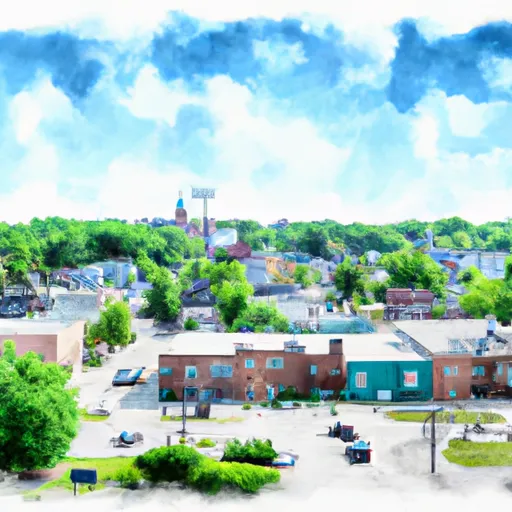°F
°F
mph
Windspeed
%
Humidity











Greenwood is a small village in Michigan's Clare County, with a population of just over 700 people. The climate in Greenwood is characterized by cold winters and warm summers, with an average temperature of 44 degrees F. The village is located in the Muskegon River Watershed, which means there are numerous lakes and streams in the area that offer excellent recreational opportunities such as fishing, swimming, and boating. Greenwood has an extensive trail system comprising of the Pere Marquette State Trail, the Fred Meijer White Pine Trail State Park, and the Mid Michigan Trail. In addition, the nearby Huron-Manistee National Forest offers camping, hiking, and hunting opportunities. The village is also home to the Greenwood Township Park, which has picnic areas, a playground, and a pavilion.
Weather Forecast
Greenwood receives approximately 807mm of rain per year, with humidity levels near 81% and air temperatures averaging around 9°C. Greenwood has a plant hardyness factor of 6, meaning plants and agriculture in this region thrive during a short period during spring and early summer. Most plants will die off during the colder winter months.
Regional Streamflow Levels
88
Cubic Feet Per Second
2
Cubic Feet Per Second
114
Cubic Feet Per Second
55
Cubic Feet Per Second
Nearby Camping
| Camping Area | Reservations | Toilets | Showers |
|---|---|---|---|
| Wagener County Park | |||
| Sanilac County Park - Forester | |||
| Algonac State Park | |||
| Lakeport State Park | |||
| Stafford County Park | |||
| North Park |



